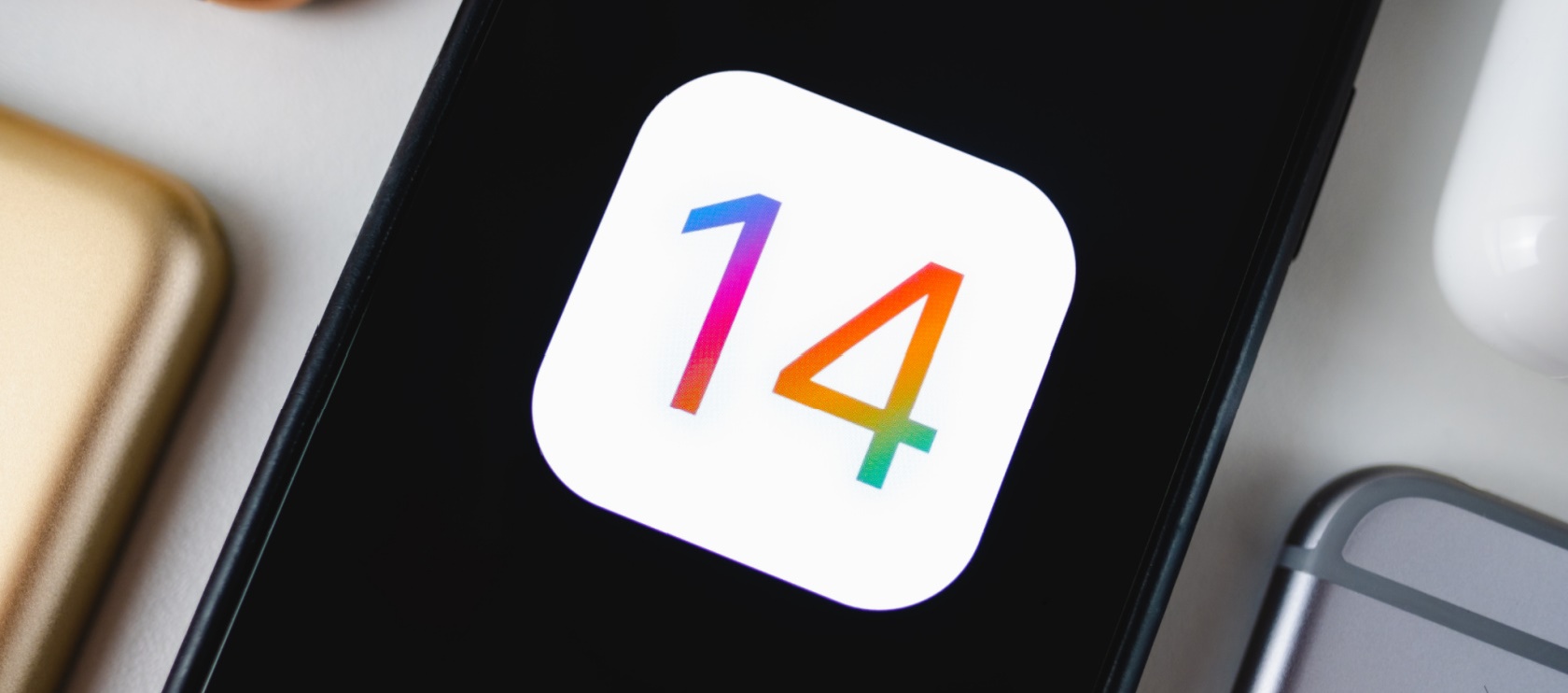How Apple’s Changes Affect Marketing Tracking: The Backstory
In large part, the backend changes to Apple’s iOS 14 are a response to the ever-evolving field of data privacy laws. The European Union’s General Data Protection Regulation (GDPR), implemented some three years ago, is self-described as the “toughest privacy and security law in the world.” It applies to any enterprise—regardless of its physical location or the data subjects’ citizenship or residence—that operates within the European Economic Area.
On top of that, California’s Consumer Privacy Act—which we wrote about back in 2020—gives residents greater power to restrict organizations’ use of their personal data, as well as the ability to request the deletion of any previously collected data.
But Apple’s decision to bake greater privacy protections into their newest mobile operating system goes a step further, adding teeth to the company’s branding as the corporation most willing to protect your privacy. It’s inclusion of what it calls App Tracking Transparency (ATT) requires that any app following your online activity notify you that it’s doing so. At its heart is Apple’s new “identifier for advertisers” (IDFA), which acts as a personalized identifier for your device. And if apps want to use it to track you across sites and platforms, they need your permission to do so.
While consumers have reacted positively to the new iOS, some advertisers—notably Facebook and Google—are less than pleased. With the normal pixel tracking that powers digital ad analytics as well as empowering effective retargeting efforts, advertisers are expected to be left scrambling for ways to serve ads (and quantify their success).
In an effort to circumvent users’ anticipated rush for the door, Facebook issued a request to iOS users of its app that they allow ad tracking both to receive more personalized ads and to “support businesses that rely on ads to reach customers.” Thus far, this effort hasn’t gone well for the social media behemoth. A high-visibility PR campaign against Apple failed to make much of a dent in the numbers, which indicate that thus far, fewer than 6% of users have agreed to be tracked.
Google, for the most part, has decided to keep mum. It duly updated its AdMob mobile advertising platform to comply with Apple’s changes and is soldiering on.
Some observers see Apple’s privacy protections as nothing more than a clash of business models. After all, Facebook earns revenue from hosting ads, while Apple does so by selling devices. But regardless of the underlying principles, these changes are already affecting the marketing world.
iOS 14 Cannabis Ad Tracking: The Nitty-Gritty

The fact of the matter is that in large part, the fallout from these changes remains to be seen. Some analysts believe that Facebook ads may potentially take a big hit, while others think the predictions of grave damage are overstated. Here are some factors to take into consideration:
Prepare to Pay? Whether or not Facebook’s revenue is affected, here’s a more global reality: Because Facebook won’t be able to track users onto other sites with the same accuracy it once did, the marketing ecosystem as a whole may experience a contraction. In other words, there may be a greater demand for a shrinking number of ad slots, which could lead to an increase in overall prices.
Use Segmentation: The changes don’t affect Android users. And because nearly every ad platform—including Facebook’s—allows you to segment by mobile device and operating system, marketers can design specific campaigns based on the need for cross-platform tracking functionality that Apple’s new changes affect.
Google-Specific Tweaks: As we hinted above, Google is for the most part going with the flow post-iOS 14. To validate tracking, it switched to using Apple’s SKAdNetwork, which is considered a less accurate tracking tool (Google is pushing Apple to change this pronto). And naturally, this switch will result in changes; here are some of analysts’ top predictions:
- Reduced conversation visibility: Under the new ATT protocol, metrics such as sales and app installs will be somewhat cloaked, and this in turn will change how advertisers value and bid on ad impressions.
- Increased uncertainty: Experts recommend that advertisers monitor the performance of campaigns on iOS mobile devices with special attention. Until the fallout from the iOS 14 rollout becomes clear, a close watch will help determine how marketers should be bidding and budgeting their ad spends.
Facebook-Specific Tweaks: If you advertise on the social media platform, there are a couple of steps that will help improve ad service and tracking accuracy. Facebook will allow a maximum of 8 tracking pixels per domain. It’s up to you to decide which trackable events and conversions—such as “view content” or “complete registration form”—are most important to you; then you can choose and configure them manually through the platform’s Ad Manager.
Secondly, Facebook is asking all advertisers to verify their domains in order to cut down on misuse of ad accounts. To do so, you’ll need to log into your Facebook Business Manager account and scroll down to “Brand Safety” and then “Domains.”
There are other Facebook-specific actions you can take, though some of them are contingent upon your actually being an active seller via the platform. Dispensaries, of course, are prohibited from selling here, but if you’d like to learn more, read this helpful guide and how-to.
iOS 14 Cannabis Ad Tracking: In Conclusion

If you’ve read alarmist posts about iOS “ending digital advertising,” we’d like to remind you to rest easy. These new changes are significant, but they’re nowhere near a game-ender.
Will they have a measurable effect on the standard practices of digital ad tracking and analysis? For sure. But do they also conform to consumers’ expectations and desires around data privacy? Absolutely. And at the end of the day, we believe that’s a good thing. After all, the point of advertising is to work with the public, not against them.
As always, we’ll be keeping a close eye on developments to iOS 14 cannabis ad tracking and an even closer one on your ad campaigns. Check back for updates as they become available. For more on this topic, be sure to check out our upcoming iOS 14 webinar or our LinkedIn Lunchbreak.





